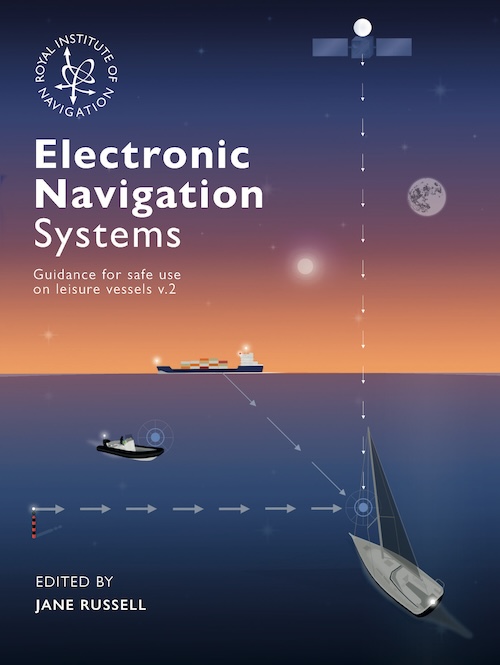Electronic Navigation Systems


Guidance for safe use on leisure vessels V2.0
Published by: Royal Institute of of Navigation
Edited by: Jane Russell
Since the Royal Institute of Navigation’s (RIN) original Electronic Navigation Systems – Guidance for Safe Use on Leisure Vessels booklet was released in 2020, significant changes have reshaped the navigation landscape for leisure sailors and motorboaters:
- Evolving satellite navigation services: The global rollout of new regional satellite systems, coupled with the closure of some Differential GNSS (DGNSS) services, has placed renewed emphasis on Positioning, Navigation and Timing (PNT) resilience. Leisure sailors must now navigate with greater awareness of both the strengths and vulnerabilities of GNSS.
- Shift to electronic charts: The accelerating move away from paper charts has exposed limitations in official Electronic Navigation Charts for leisure use. While private providers have helped fill gaps, important issues remain around display systems, backup arrangements, training, and cost. These challenges make it more important than ever for small craft users to understand the benefits and risks of electronic navigation.
- Astronavigation as a safeguard: The booklet now includes a dedicated sub-section on astronavigation. For long ocean passages or in situations where electronic systems fail—whether due to technical breakdown, hacking, or signal jamming—traditional methods remain an essential, reliable fallback.
The updated Electronic Navigation Systems booklet is available now as a free digital download via the Royal Institute of Navigaton website, with hard copies available to purchase.
Related to the following Cruising Resources: Books, Navigation, Technical and Navigation




